Your Masterclass to mindfulness and contentment
BY VICTOR J. | MAY, 2024 | A DUMMY’S JOURNEY TO PERPETUAL HEALTH
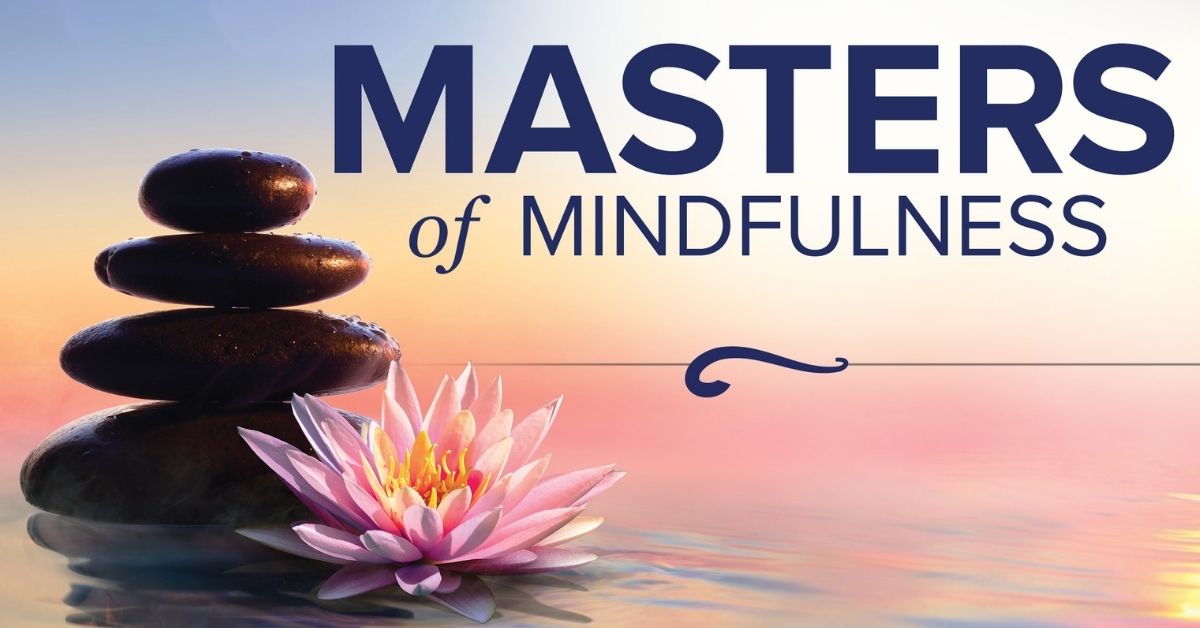
-Do you want to be better at work or business?
-Do you want to have less stress and a better quality of sleep?
-Do you want better brain functioning, like memory and emotion regulation?
-Do you want to become more decisive, resilient, and optimistic?
-Do you wish to have better and more satisfying relationships?
-Do you wish to have strong self-belief, healthy body image, and self-esteem and not be concerned by negativity?
-Do you want to wish to reduce obesity?
You would likely answer positively to most of the points mentioned above, just like most people.
The answer to most of the above and many other problems lies in the practice of ‘Mindfulness.’ Since discovering mindfulness, I no longer get stressed about the things that used to bother me perpetually.
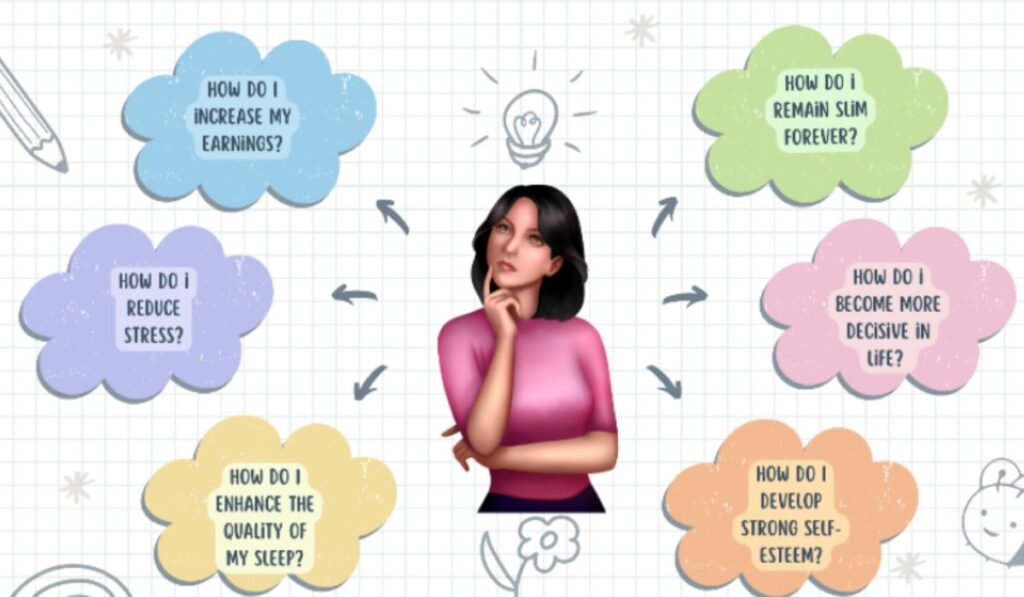
My journey towards ‘Mindfulness.’
As someone who works in management, I thought that my knowledge and experience would help me to overcome the obstacles listed above.
However, I found myself getting more and more caught up in the day-to-day grind, and my stress levels began to reach dangerous levels.
I turned to books and doctors for relief, but I kept getting pulled back into the cycle. This left me worrying about the past, present, and future, and I started to feel constantly tired and overwhelmed.
All of this began to take a toll on my health. I had no respite and was on my way to early burnout.
Through God’s grace and benevolence, I discovered a new practice (for me), ‘Mindfulness,’ that completely transformed my life. Over time, it helped me find solutions to most of my problems, leaving me happier, more productive, and with a positive outlook on life, free from stress.
You might assume that achieving all of this required me to learn a great deal, seek professional help and counseling, and invest a lot of time and money.
“Your assumption is partially correct!”
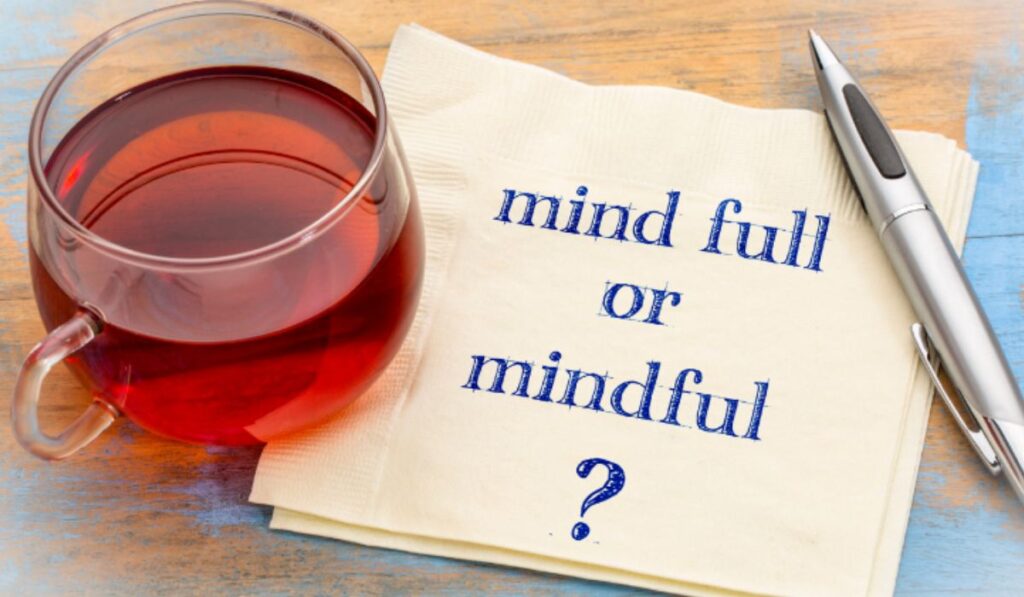
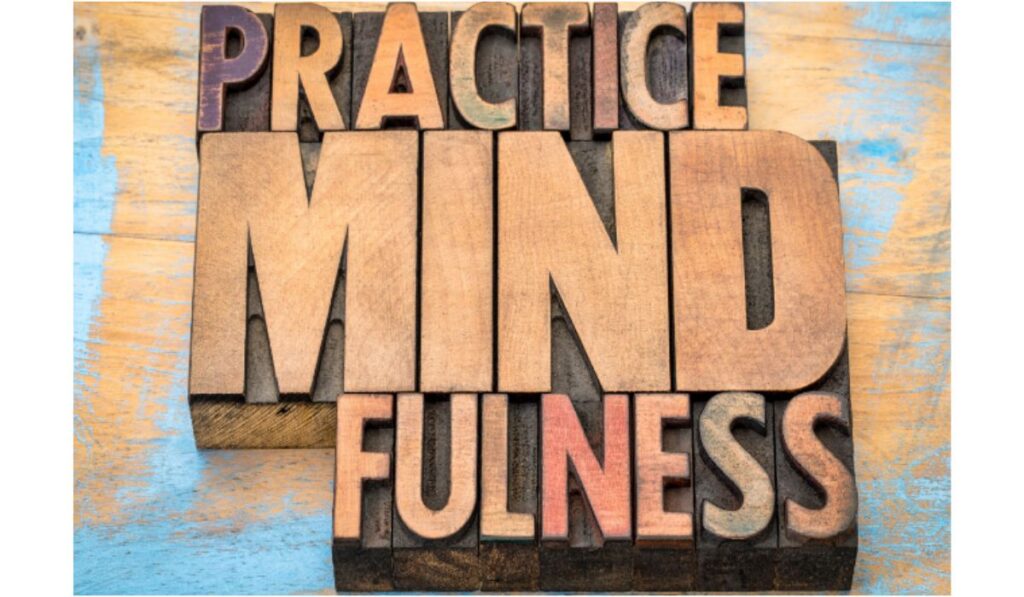
My journey with ‘Mindfulness.’
I attained all of the above and more by investing just my time productively in the practice of mindfulness.
“Mindfulness” is a powerful tool that can change the way we experience life. Though often overlooked, those who practice this ancient technique swear by its efficacy. Don’t miss out on its benefits – start your mindfulness journey today.
I am a firm believer in this incredible practice, having been exposed to it in the past. After months of dedicated practice, I can confidently swear by its efficacy. Words cannot express how much this practice has transformed my life and that of my family for the better.
As a proud parent, I was overjoyed to hear my daughter confidently use the word ‘mindfulness’ during her online class the other day. It caught my attention, and I immediately stopped to listen further. I discovered that the school authorities had wisely included this essential subject in their curriculum, and it fills me with pride to know that my daughter is already getting exposed to ‘Mindfulness’ at such a young age. I firmly believe that instilling mindfulness practices at a young age will lead to a positive and fruitful future. I salute the school authorities for their wise decision.
If only I had come across mindfulness earlier in life, I would have been able to attain happiness and personal growth much sooner.
But as they say in India, the divine place where this fantastic art originated, ‘Der aaye durustha aaye,’ meaning that ‘You might have arrived late but good that you arrived.”
By embracing this powerful technique, you, too, can confidently expect to achieve a more satisfying, blissful, and fulfilling existence for both yourself and your family.
Given that this subject is being taught worldwide and its depth is being understood by many, we must strive to solve our problems, even if we are late to the party.
“Begin your journey with mindfulness today.”
If you are considering taking up mindfulness practice in your life, it is recommended that you commit to it for a while until you have experienced the benefits.
If it works for you, great! If not, it’s okay to let it go, but that is very unlikely to happen.
Mindfulness has the potential to address many of life’s challenges and could be a valuable tool for you, too.
What exactly is mindfulness?
I n simple terms, ‘Mindfulness’ is the ability of a person to be fully present in the now, aware of their immediate surroundings and what they are doing; a state where they are in control of their senses and body, not being reactive or overcome by the goings-on around.
To achieve mindfulness, you must be fully present in the moment, paying close attention to your experiences through your senses and being aware of your thoughts and emotions.
It’s important to note that you may have already experienced mindfulness without even realizing it, and it’s likely that it has helped you manage things more effectively.
When you deliberately practice Mindfulness, you are-
In a way, training your brain and reining it in,
Leading to the restructuring of your brain.
Making you aware of how our mental, emotional, and physical processes work internally.
Many experiments and research studies that have explicitly been conducted to learn the efficacy of practicing mindfulness have found this.
Being Mindful means being more accepting and paying attention to our feelings without judging whether there is a correct or incorrect way to think, feel, or react at any given moment.
When we practice mindfulness-
- Our thoughts are focused on our sensations at that moment rather than living in the past or imagining the future.
- When we are consciously in the now, we experience a sense of freedom and find our body, mind, spirit, and surroundings interconnected.
- We aren’t judgemental about anything.
Mindfulness appears to be a simple practice, but it can be challenging to start with.
This is because we are all conditioned in a certain way, and it takes time to recondition ourselves to be present in the moment.
However, over time, mindfulness becomes more accessible to follow and integrate into our daily lives.
It doesn’t take zillions of years to master, but it takes some time to practice and steer your mind to the present again and again.
Once you have mastered the art of mindfulness, it can be the most transformational tool for your personal and spiritual development. Following the basics of Mindfulness, you can successfully reestablish a connection with yourself and prioritize your well-being amidst the chaos of everyday life.
Mindfulness encourages a selfless attitude by teaching you to care for yourself first, which in turn allows you to care for others in a more meaningful way.
Mindfulness has become a catchphrase in the contemporary world, with individuals, athletes, educational institutions, the corporate world, and fitness and health professionals vouching for the tremendous benefits Mindfulness practitioners gain. So will you soon enough…
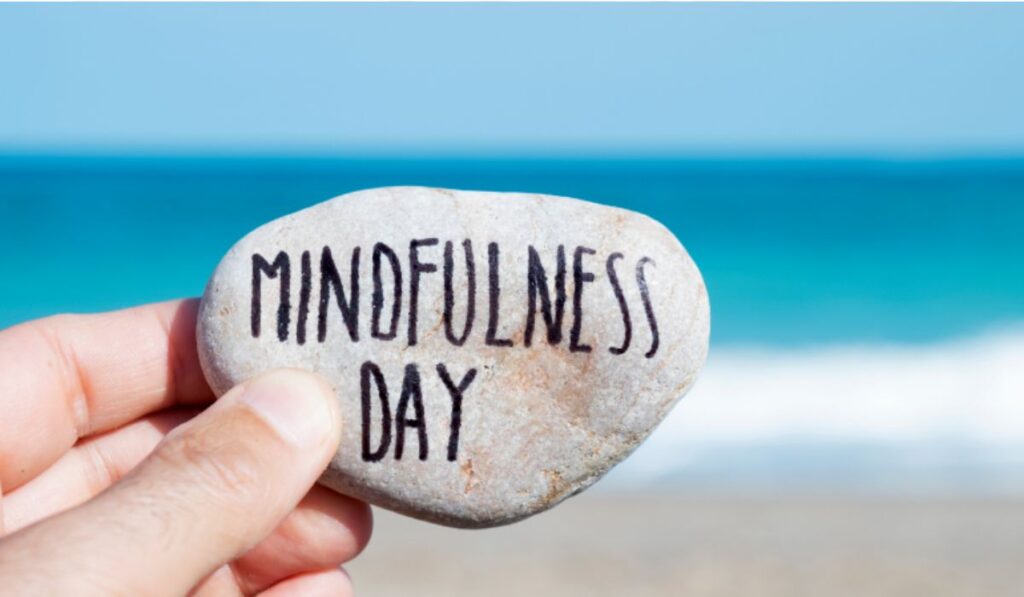
Tell me about the benefits of mindfulness.
The benefits of practicing ‘Mindfulness’ can be humongous. Let us take a holistic view of the benefits that Mindfulness can bestow on us:
- Mindfulness is good for our bodies.
- Mindfulness is highly beneficial to our minds, and it changes the functioning of our brains for the better. It bestows increased concentration, memory, etc., and gives you a deep awareness.
- Mindfulness helps reduce chronic pain, blood pressure, stress, anxiety, and depression and enhances feelings of happiness and contentment.
- Mindfulness fosters a heightened sense of compassion and humanity, making one more accepting and nonjudgmental towards others and oneself. This, in turn, helps to boost relationships and social well-being.
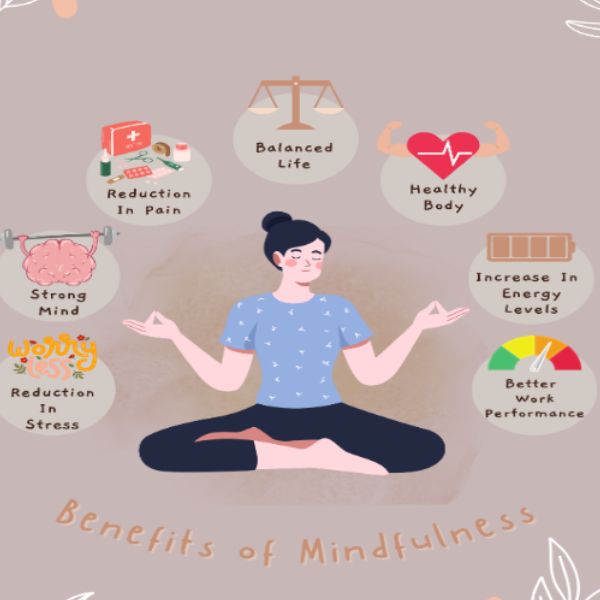
Discover the immense benefits of mindfulness for overall well-being, reduced stress, and improved focus. #Mindfulness #WellnessBenefits #StressReduction
- Mindfulness positively affects the way we perceive ourselves and improves our self-image.
- Mindfulness makes us more decisive, robust, and resilient in our conduct.
- Mindfulness helps us work and perform better and is excellent for business.
- Mindfulness is suitable for the family, for both parents and young teenage children.
- Most importantly, in today’s world, when looking good physically is sought after, Mindfulness can help people with obesity.
- Mindfulness helps one effectively counter the trials and tribulations of day-to-day life.
- And much more…
"I want to start practicing mindfulness. Could you guide me on how to begin?"
Sure…
Mindfulness can be practiced ‘Formally’ or ‘Informally.’
Formal mindfulness refers to the practice of intentionally setting aside time for structured mindfulness meditation, while informal Mindfulness means being mindful throughout the day during activities like walking, eating, working, traveling, listening, and communicating.
In this blog, we will focus on one ‘Informal Mindfulness’ and one ‘Formal Mindfulness’ practice so you can ease into Mindfulness training from today.
So, let us start, but before that, let me tell you how to prepare yourself before you start following the practice.

Simple Daily Mindfulness Practices:
I am sharing two mindfulness practices, one formal and one informal, that helped me ease into the practice and gain its benefits.
After practicing mindfulness, I learned to watch news debates objectively.
These mindfulness exercises can be practiced anywhere, at any time, to engage your senses, especially outdoors.
- Mindful Walking:
Uncover the Profound Impact & Benefits of a Serene and Mindful Morning Stroll On Your Wellbeing.
We all walk to gain health benefits but some do not, as getting off the couch is an uphill task for them.
A long time ago, I started consciously taking 10k or more steps daily. When I began to practice mindfulness, I still took the required steps but tweaked a couple of things. I changed my outlook toward the activity and became mindful of my senses during the movement.
- I counted my steps as I walked at a natural pace. I usually count up to ten steps, then start over from one when I reach the eleventh step.
*** During lockdown, I switched to indoor walking but kept the same routine. I focused on my foot and body movements.
- After a couple of days, while walking, I synchronized my steps with my breathing. Inhaling for a few steps, holding my breath, and exhaling for a longer duration helped clear my lungs. Please do this under medical guidance, in a safe environment, and sustainably. Don’t push yourself; you can avoid this step if you want.
- During my walks, I found my mind wandering off to the surrounding environment. However, I consciously and gently guided my mind back to the sensation of walking repeatedly until it became a habit for me to be mindful while walking.
- One caution, though, when walking outside, stay alert to your environment and any potential risks to ensure your safety.
- Next, I focus on the sounds around me without getting caught up in their origin, attribution, or my thoughts about them.
- Later, I stoke my sense of smell and start to take in the scents around me objectively without feeling anything but focusing on the sense of smell.
- Now it’s time to stoke my sense of vision and notice the colors, objects, people, birds, etc., but get back to being mindful even if something catches my fancy or even when something needs addressing, like an impediment.
- You can try alternating between the different variations until you reach the end of your walking session. Once you get to the end, focus your attention once again on the sensation of walking and be aware of your body movements with each step. Take a moment to rest and enjoy the present moment.
This exercise helps me to prepare for the day ahead and gear up to continue practicing the art of Mindfulness until it is time to hit the sack. In bed, I continue practicing Mindfulness to get quality sleep.
- Mindful Sleeping:
One of the biggest problems that individuals face today is insomnia.
During lockdown, I missed my appointment with the Almighty by a whisker. I suffered niggles for a long time, some big and some small. (I am going to be blogging and writing a book on the incident and much more very soon. Stay tuned to read and hear about it here soon.)
One of them was that I started to suffer from insomnia and OSA, Obstructive Sleep Apnea. When I lay in bed, I would fret about my malaise, and my brain would go into overdrive.
During the time when I was struggling to fall asleep, a couple of things came to my rescue. One of them was practicing “Mindful Sleeping.”
Now, it has become a part of my bedtime routine, and I’m able to fall asleep within a few minutes of my head hitting the pillow.
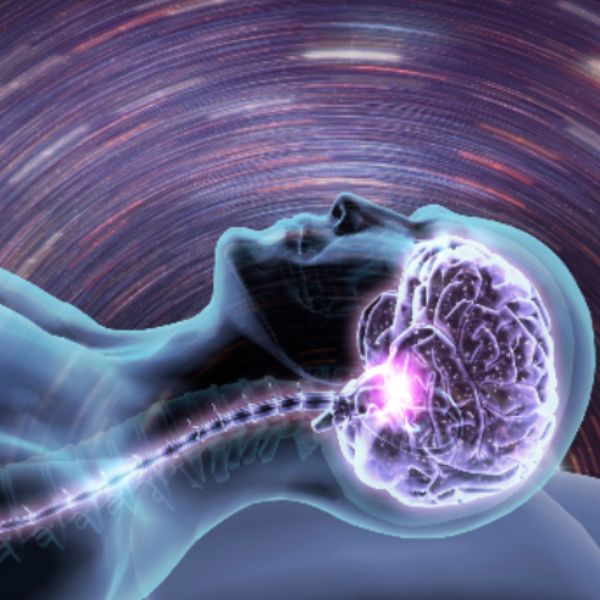
The routine-
- Before going to bed, I like to dim the lights to relax my mind and set a soothing mood.
- I make a conscious effort to take a break from technology to unwind.
- Next, I make a fusion of Mindfulness with the ancient practice of Yoga Asana, ‘Savasana.’
For this-
- Lie down on your back in bed with your legs fully extended and relaxed and your arms resting by your side.
- Let your feet fall in a natural position, and rest your palms facing the roof.
- Gently turn your attention to your breathing and breathe naturally.
- Next, relax your senses and body and let your body feel heavy on the bed.
- Consciously, work upwards from your feet to your head, easing each part of your body and organs.
- In the process, to work on the face, relax your eyes by letting them drop into their sockets, and also soften your jaw and relax your teeth.
- Stay in this state of mindfulness, but if your mind starts to wander, gently redirect your focus to the sounds around you.
- Begin by identifying the most distant sound and then gradually move your attention towards the closest sound.
- After that, shift your focus to your breath. As you do this, your mind naturally releases the outside sounds.
- Remaining in this state for some time should help you ease into slumber.
Bonus practice for Mindful Sleeping –
Sometimes, at bedtime, I lie on the bed on my back.
I close my eyes and place both my hands flat on my stomach.
Next, I bring awareness to my breath, relax, and then breathe in slowly through to my stomach, feeling my hands rise with the stomach.
When I can’t breathe in the air anymore, I exhale again, feeling my hands going down with my stomach.
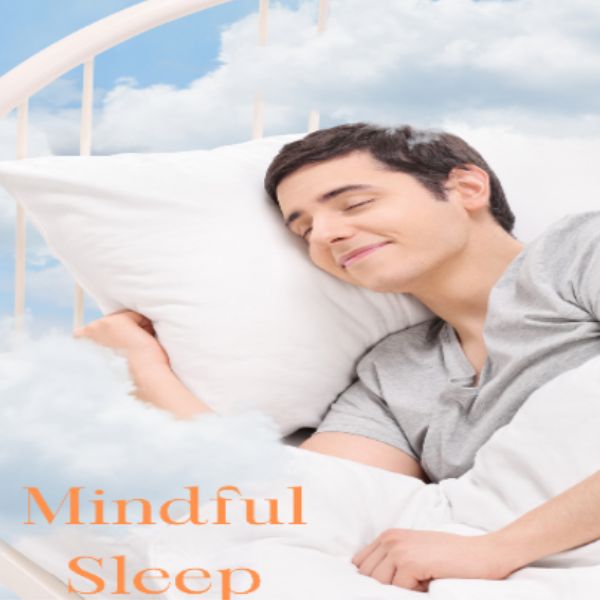
Embracing Relaxation: Mindfully Unwinding and Drifting into Sleep. #MindfulRelaxation #RestfulSleep
If you enjoyed reading this blog, please come back and read the other blogs, where we will delve deeper into the practice of Mindfulness and its incredible benefits in our everyday lives. I will be discussing Mindfulness further in my upcoming blogs. Stay tuned for more in-depth insights. We will delve into-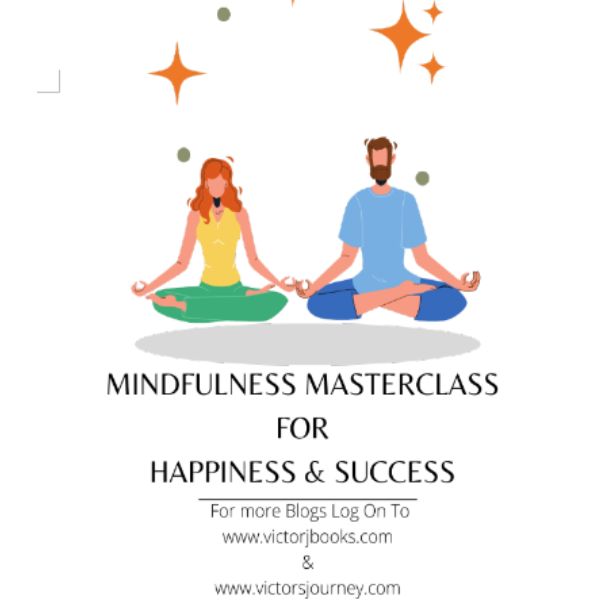
-
- The Foundations of Mindfulness,
- ‘Informal Mindfulness,’ ‘Formal Mindfulness,’ and other aspects of the practice,
- The lethal combination of Meditation and Mindfulness,
- Yoga and Mindfulness,
- How I improved my attention levels,
- How to overcome Depression, Stress and Anxiety and Social Anxiety and Pain with Mindfulness,
- How to take care of Obesity with Mindfulness Eating,
- The specific manner in which you can be Mindful,
- Mindfulness Leadership,
- Mindfulness practice for Students and kids of all ages,
- Mindfulness – Mental Health and Wellbeing,
- Mindfulness Techniques,
- Mindfulness Relaxation,
- Music and Mindfulness,
- And many more topics…

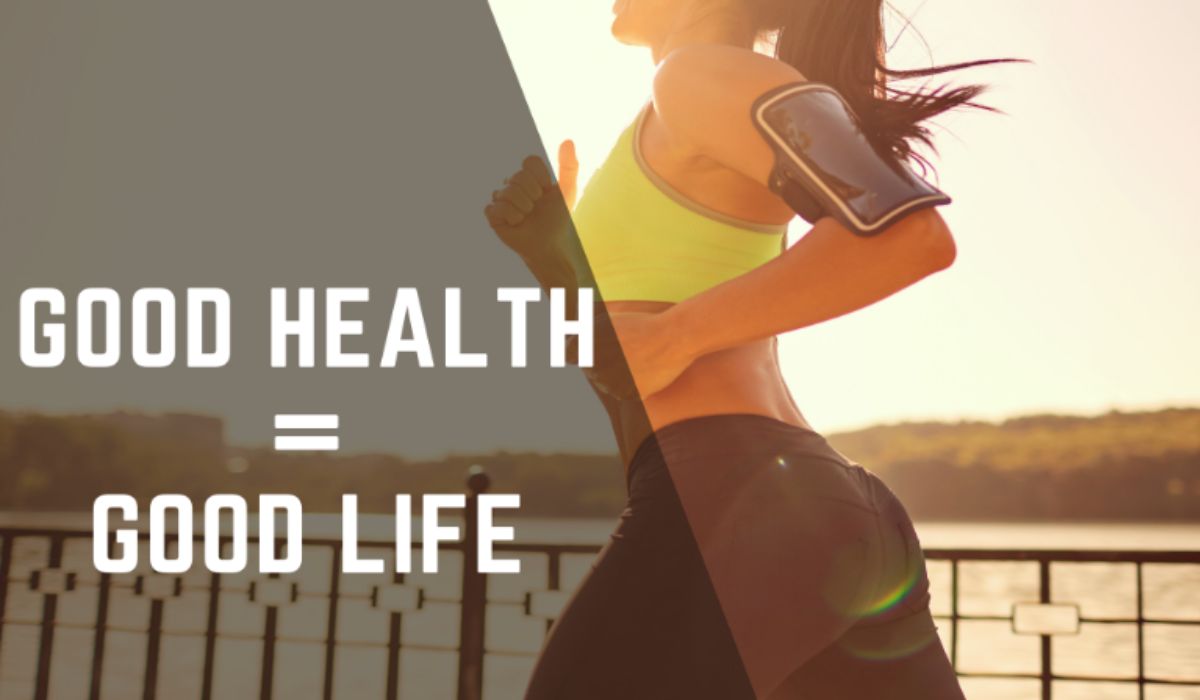
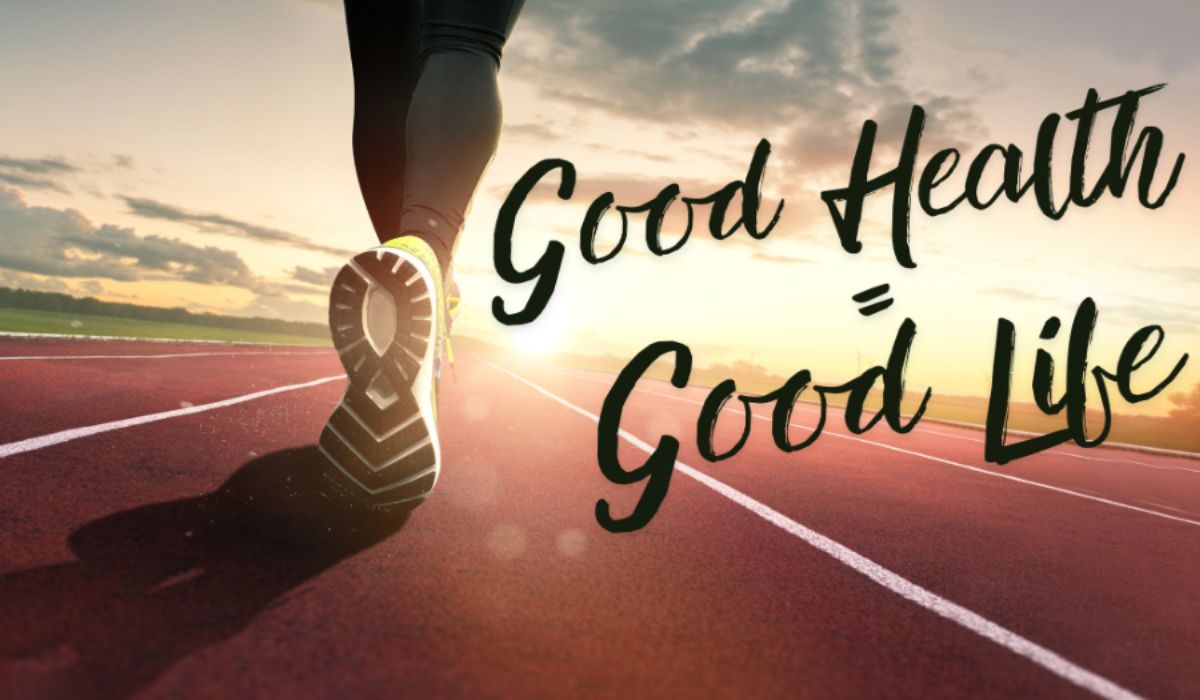

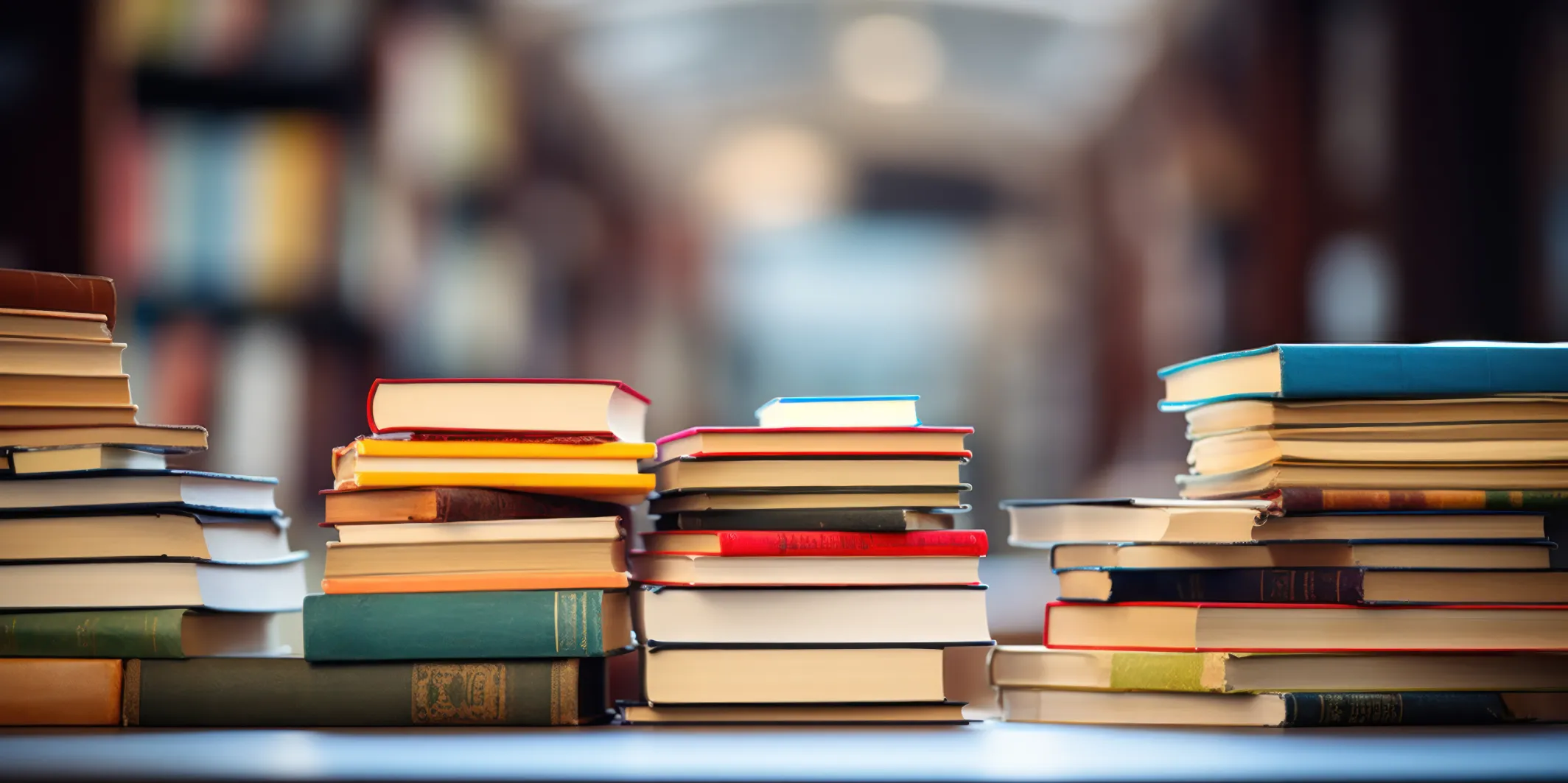
30 Comments